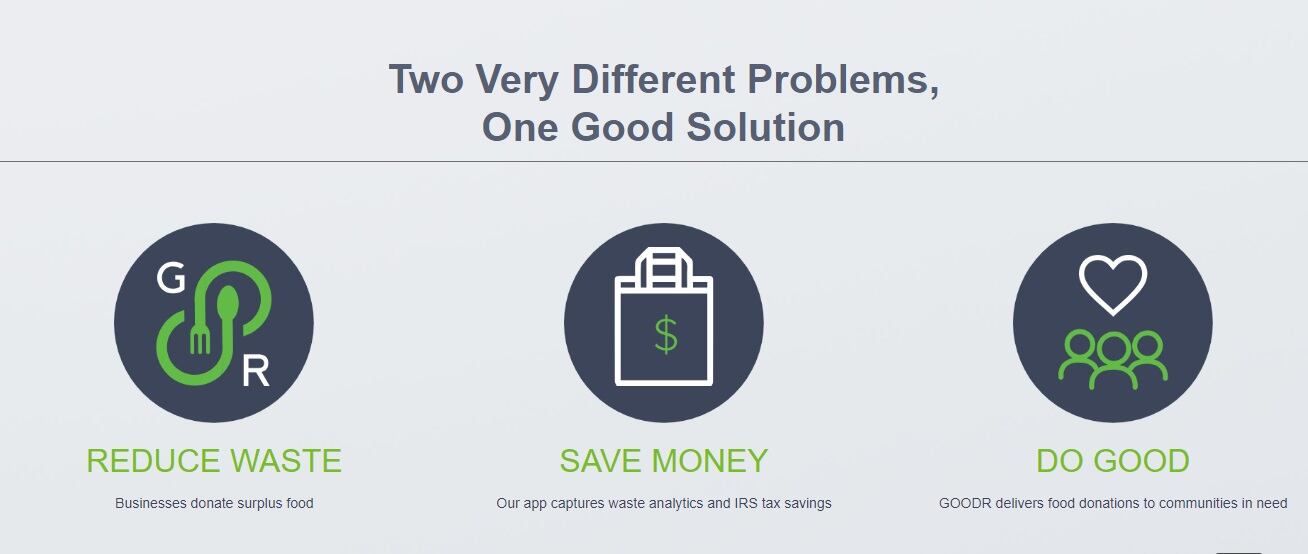He explained to attendees at the Food & Nutrition Conference & Expo in Washington, DC, late last month that while industry often describes the process of moving food from the farm to the table as the “food chain” it is not actually linear.
“I try not to use the words food chain and instead use food system, because we know that when you do these trace-backs, they are not straight back,” he said.
Rather, he explained, they are chaotic and decentralized with producers regularly switching suppliers, and intermediaries, such as processors, constantly changing – making it difficult for one central player – such as Walmart – to digitally untangle and keep track of all the relationships in real time.
With this in mind, when Yiannas said he learned that blockchain, like the food system, is based on a decentralized and distributed model he realized that the technology and the modern food system “were made for each other.”
He explained part of the appeal of the technology is that it not only allows each player in the network to update their data so it is current – taking the burden off a central figure – but it also stops them from entering false data or making false changes to already inputted information because everyone must agree the changes are true.
“Think about how when you have a traditional ledger, most of the time only one person has access to it. And that is why in the movies you see people cheat the ledger because they are the only one to see it. But when you have a shared ledger, like with blockchain, those records are seen by others and everyone agrees to them – so if you were go back and try to fudge the ledger, then everyone else has to agree to it,” he explained.
Rooting out problems more quickly
With everyone on even footing and up-to-date information, blockchain makes it possible to quickly trace back any problems – such as food outbreaks or pre-expiration date spoilage – to their origin, and allows players to find out what went wrong where, and the extent of the damage.
For example, Yiannas said that without the use of blockchain technology it took his team almost seven days to crack a hypothetical exercise that required them to trace back where are carton of mangos sold in one of the retailer’s stores originated.
But with the help of blockchain, established through a pilot program with IBM, his team was able to track back a pack of mangos to the source in 2.2 seconds. He explained that this was possible because Walmart and IBM worked with suppliers to capture key information about mangos at each point in the food system.
The speed with which blockchain enables companies to trace products – and any problems that may occur – back to the source means improved food safety and less economic loss, Yiannas said.
For example, he explained that if trace back took seven days, as under the old system, that would mean unscrupulous players had seven days to continue to sell potentially dangerous product or that responsible ones would have to stop selling the products for seven days – costing farmers and producers who would be unable to sell their goods.
Potentially limitless uses for blockchain in the food system
The potential for blockchain goes beyond its ability to speed food safety investigations, Yiannas said.
He noted it also can reduce food waste by more quickly and accurately identifying the source of a problem so that only impacted products are recalled or removed and not everything in the category.
For example, he noted that when the most recent e coli scare related to romaine lettuce occurred, health officials originally were able to trace the contamination back only to Arizona, but because they did not know which specific farm or lot – most of the state’s supply was destroyed or consumers refused to buy it. And because bags or romaine sold in stores did not have the location of origin printed on them, many consumers discarded perfectly safe product from other regions out of an abundance of caution.
Blockchain also can reduce food waste by revealing potential inefficiencies, Yiannas said. For example, in the mango exercise, Walmart found that some shipments were stopped for four days at customs.
“What happens if you take one or two days out, which is very easy, you have two more days of shelf life to give back to the customer, which means fresher food and more days at home and less food waste,” he explained.
It also could give suppliers two extra days to allow produce to ripen in the field because they would have the confidence that once they picked and shipped the product it would sell in a timely fashion – this translates to higher quality products, he added
The technology also can be used to root out food fraud because it makes it more difficult for unscrupulous players to purposefully mislabel one product, such as horse meat, as something else, such as beef, he said.
In the face of so many challenges and threats to the supply chain, many countries are increasing regulatory requirements and burden of proof for suppliers and manufacturers – and blockchain can help them meet those new demands, he said.
Ultimately, Yiannas said, “the potential for blockchain is only limited by the imagination.”
But for now, he added, its biggest value is in providing increased transparency, which should lead to increased accountability and responsibility.


